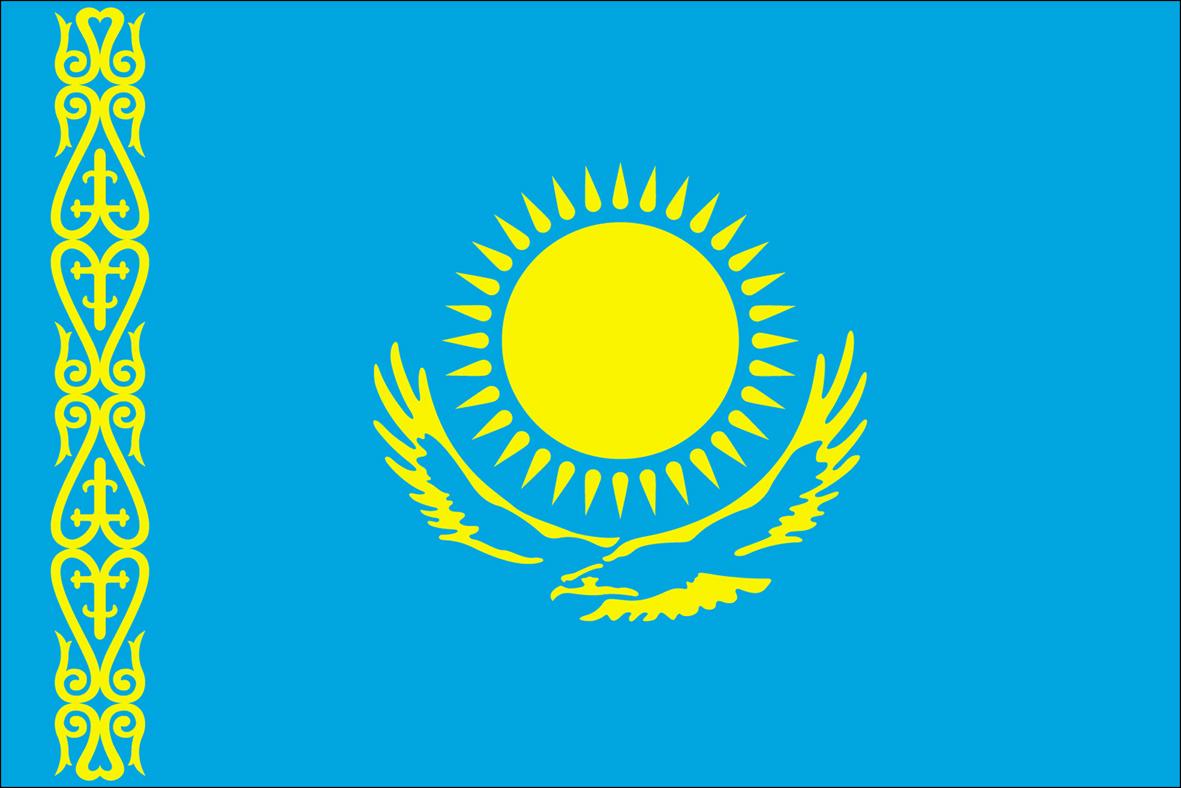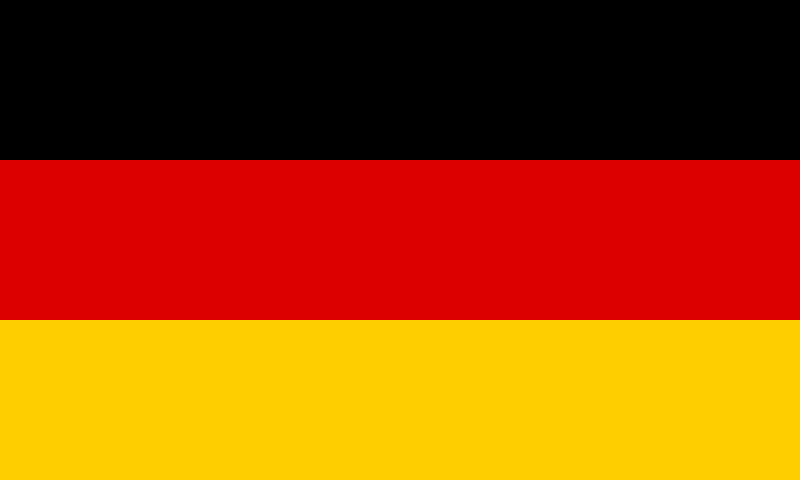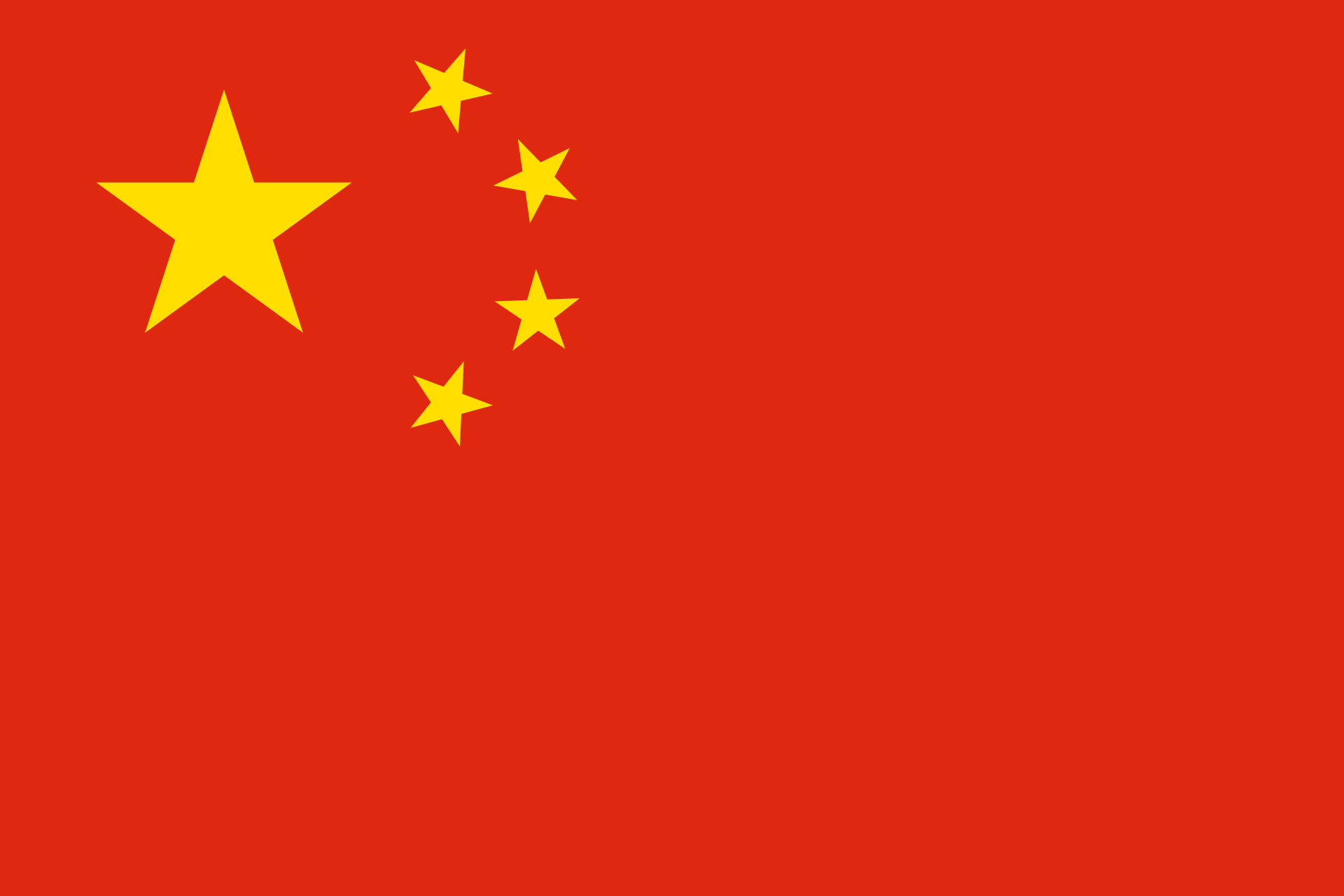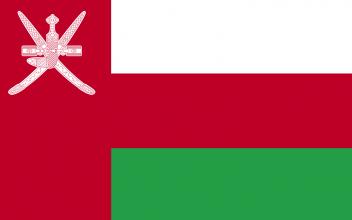Study on junk-trade ceramics during 13th 16th Century AD salvaged from the Gulf of Thailand
Serving as the gateway between East and West, the Gulf of Thailand was a busy trade route for commercial vessels. Since the area was rich in resources, spices and exotic goods, traders also often stopped to purchase and sell merchandise, as well as stock up on food and water supplies. While the gulf was safer than many seas, inevitably some ships sank with their cargoes. Since artefacts are preserved better in water than in earth, and because ceramics are physically durable, these watery graves provide important insights into the maritime Silk Routes, as well as the links between manufacturing sites and the destinations of products. Ceramics from 19 excavation sites reveal the diversity of designs, glazing and production techniques, with links back to, for example, Thai, Chinese and Vietnamese (Annamese) origins.




